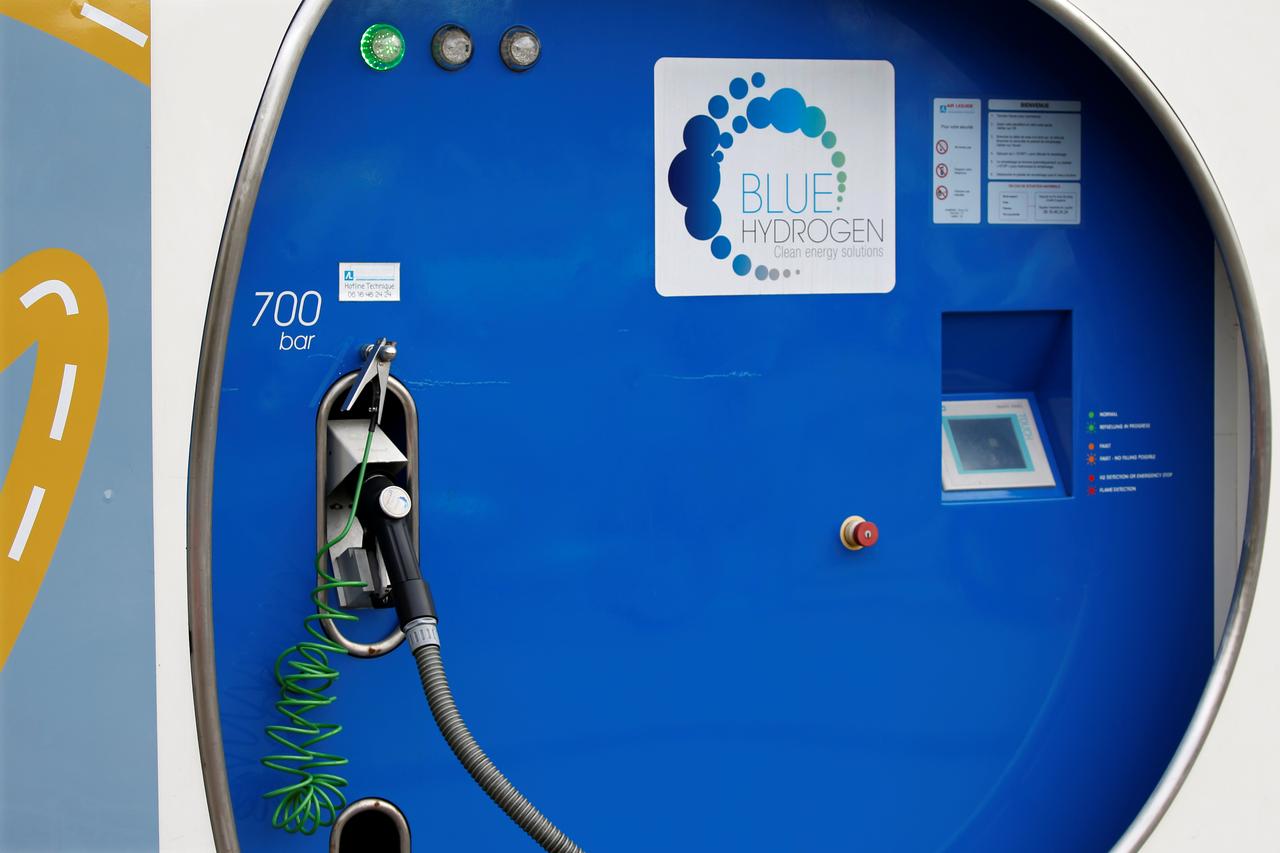LONDON/BRUSSELS – A European Union goal to boost the use of zero-carbon hydrogen is likely to be a pipe dream unless the bloc can find billions in investment and persuade member states, under strain from the pandemic hit to their economies, to give their backing.

Source: Reuters
Last month, the European Commission mapped out a plan to expand the production and use of “green hydrogen” – a zero-carbon fuel made by electrolysis, using renewable power from wind and solar, that splits water into hydrogen and oxygen.
The aim is to scale up European green hydrogen projects across polluting sectors – from chemicals to steel – to meet a net zero emissions goal by 2050 and become a leader in a market analysts expect to be worth $1.2 trillion by that date.
“This was never going to be easy … You need everything: scaling up on the production side and the demand side at the same time; you need to have the infrastructure in place. A lot of things have to come together,” said Noe van Hulst, hydrogen envoy for the Dutch government.
Europe’s heavy industry already consumes millions of tonnes of hydrogen each year, but it is mostly produced from coal or natural gas and therefore contributes to greenhouse gas emissions.
Green hydrogen costs much more than other forms of the gas, referred to as grey hydrogen, which is produced from fossil fuels and blue hydrogen, which relies on hydrocarbon energy but the resulting emissions are captured.
Barclays estimates global capital costs just for production equipment over the next 30 years could be $500 billion for green and blue hydrogen. Additional investment in infrastructure, including distribution networks, could double that figure to $1 trillion.
Analysts say the challenge may be the toughest so far of the European Union’s many efforts to reduce carbon emissions.
“Potentially, that infrastructure challenge is much greater than with any of the other technologies that have emerged for decarbonisation over the last 10-15 years,” consultancy Wood Mackenzie’s Ben Gallagher said.
NOT ENOUGH IN THE PIPELINE
So far, Wood Mackenzie found European companies have announced a pipeline of 9.4 gigawatts (GW) of green hydrogen projects, most of which is due onstream by 2030.
Analysts assume some projects will fail, meaning two to three times as many are needed to reach an interim EU goal to have 6 GW of capacity by 2024.
With a typical success rate of 20%-30% for large infrastructure development projects to go from feasibility to a positive investment decision, achieving the EU 2024 target would require 20–30 GW of projects to be in the pipeline by early 2021, Martin Lambert at the Oxford Institute of Energy Studies said.
So far, there has been little economic incentive to switch to the cleaner forms of hydrogen.
The cheapest grey hydrogen costs 1.5 euros per kilogram to produce, European Commission figures show.
Blue hydrogen costs 2 euros/kg and green up to 5.5 euros/kg.
At least two-thirds of the cost of hydrogen production is the energy used to make it, meaning green hydrogen should become cheaper as renewable energy costs continue to fall.
But a scaling up of the small green hydrogen industry is also necessary and for that, analysts say, governments will need to step in with incentives to make people use green hydrogen.
These could include quotas for its use in industry, or mechanisms, such as carbon contracts for difference, which would guarantee a carbon price to a project developer, irrespective of the price of carbon on the EU’s Emissions Trading System.
While the policymakers at the European Commission, the EU executive, can lay out their vision, it is up to member states to implement it on the ground and they are “the barrier,” says Mike Parr, director of PWR Consultants.
“If the incentives aren’t there or if the member states aren’t making it possible, then it won’t happen. And I don’t see the ambition from the member states at the moment,” he said.
There is nevertheless support in industry as it responds to political and shareholder pressure to cut emissions and looks to hydrogen to rescue business models that could become obsolete.
Hydrogen offers a major technical challenge as it is less dense than natural gas and must be safely compressed, stored and dispensed at industrial sites or refuelling stations for vehicles.
But it also has the advantage of being a replacement that can use existing infrastructure as well as requiring new structures to be built.
Eleven European gas infrastructure companies, including Spain’s Enagás (ENAG.MC), the Netherlands’ Gasunie, and Italy’s Snam (SRG.MI), have drawn up a plan for a 6,800 km hydrogen pipeline network by 2030, rising to 23,000 km by 2040.
Seventy-five percent of that will consist of converted gas pipeline. Last year, Snam said it would blend 10% of hydrogen with natural gas in its network in a test area in southern Italy.
($1 = 0.8488 euros)

